11-13

THINKING WITH ALGORITHMS

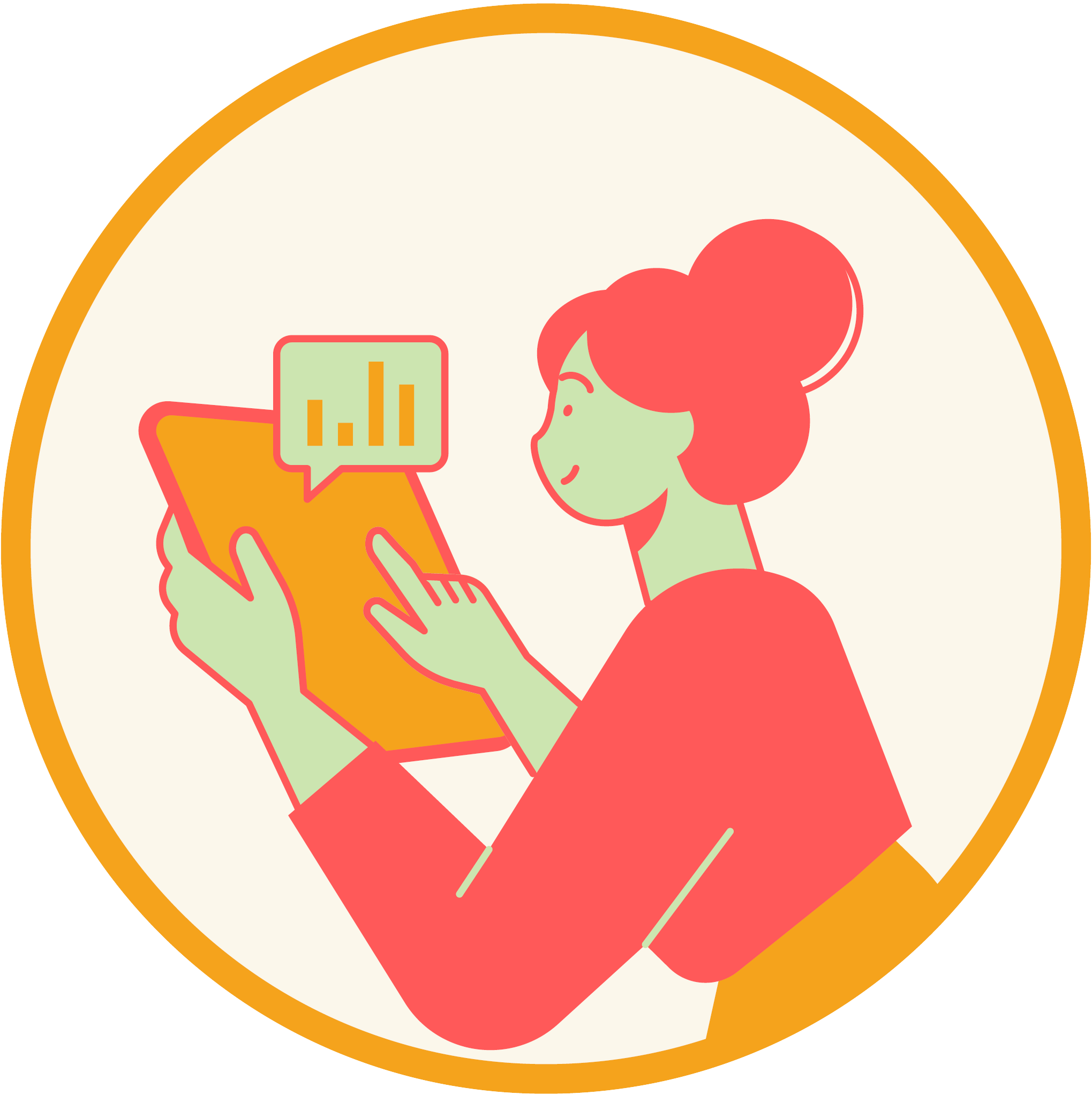
Live weekly meetings
Classes typically meet once a week for one hour in a live small group setting. Optionally, students can attend homework help meetings throughout the week to get individual hands-on assistance at no additional cost.
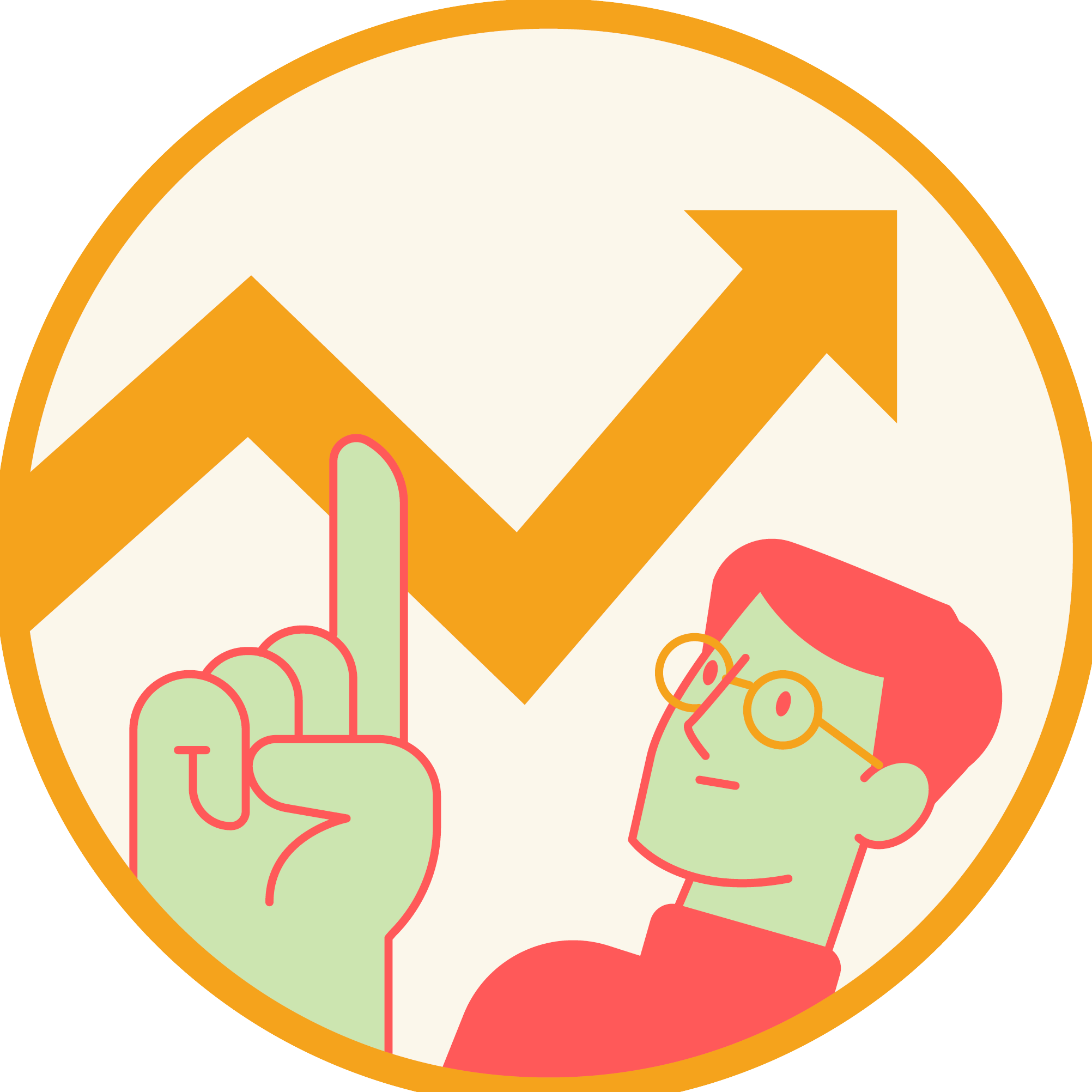
Homework & Reports
Students complete an average of 15 minutes to 90 minutes of homework per week, depending on their age and course level. Students get instant feedback while working on homework, and parents can check grades as problems are completed.
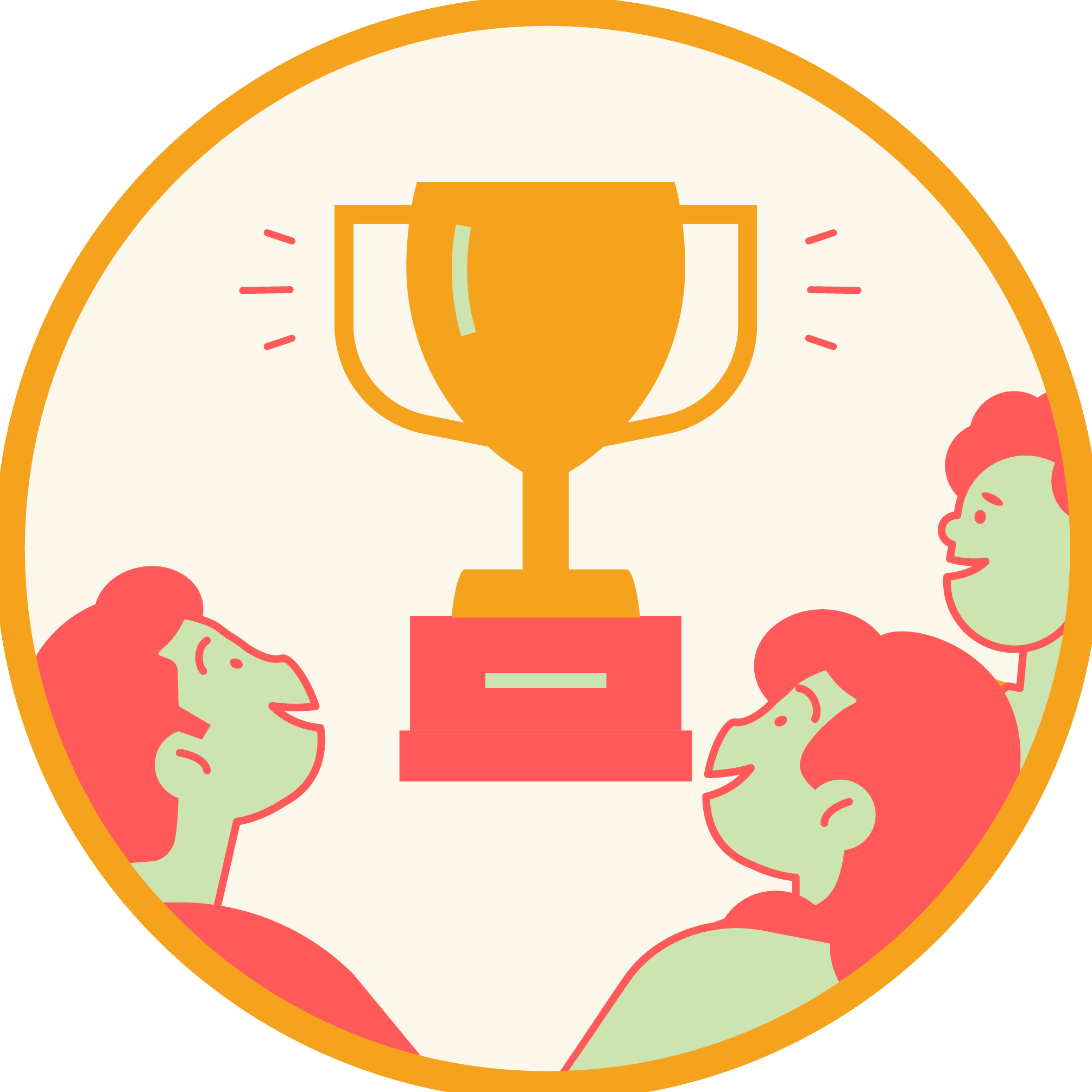
Achievement Pathways
National competitions are accessible to students of all ages if they choose to do extra practice. New students may benefit from trying competitions without expectations of solving any problems. Students have opportunities to participate in research and self-directed projects.

Mandarin Bilingual Option
Although most classes are taught in English only, we offer select times for Mandarin-speaking students to learn with a bilingual instructor. These courses can be scheduled for either US or China timezones.
USA Computing Olympiad Programming Competition
MIT Department of Mathematics: the highly selective Program for Research In Mathematics, Engineering, and Science for high school juniors across the United States.
MIT PRIMES
MIT Department of Mathematics: the highly selective Program for Research In Mathematics, Engineering, and Science for high school juniors across the United States.
View homework problems
at this level
Sample WorksheetExploration Track
in this Track
Student Age
Taught In
Years old
Years old
Years old
Need help finding
your pathway?
Call today!

1 on 1 Attention
Same hands-on approach whether taught in-person or online. When online, unlike in "zoom classes", students don't need to juggle multiple programs. Instead, they focus on learning "why" and "when" to solve certain problems, not just how.
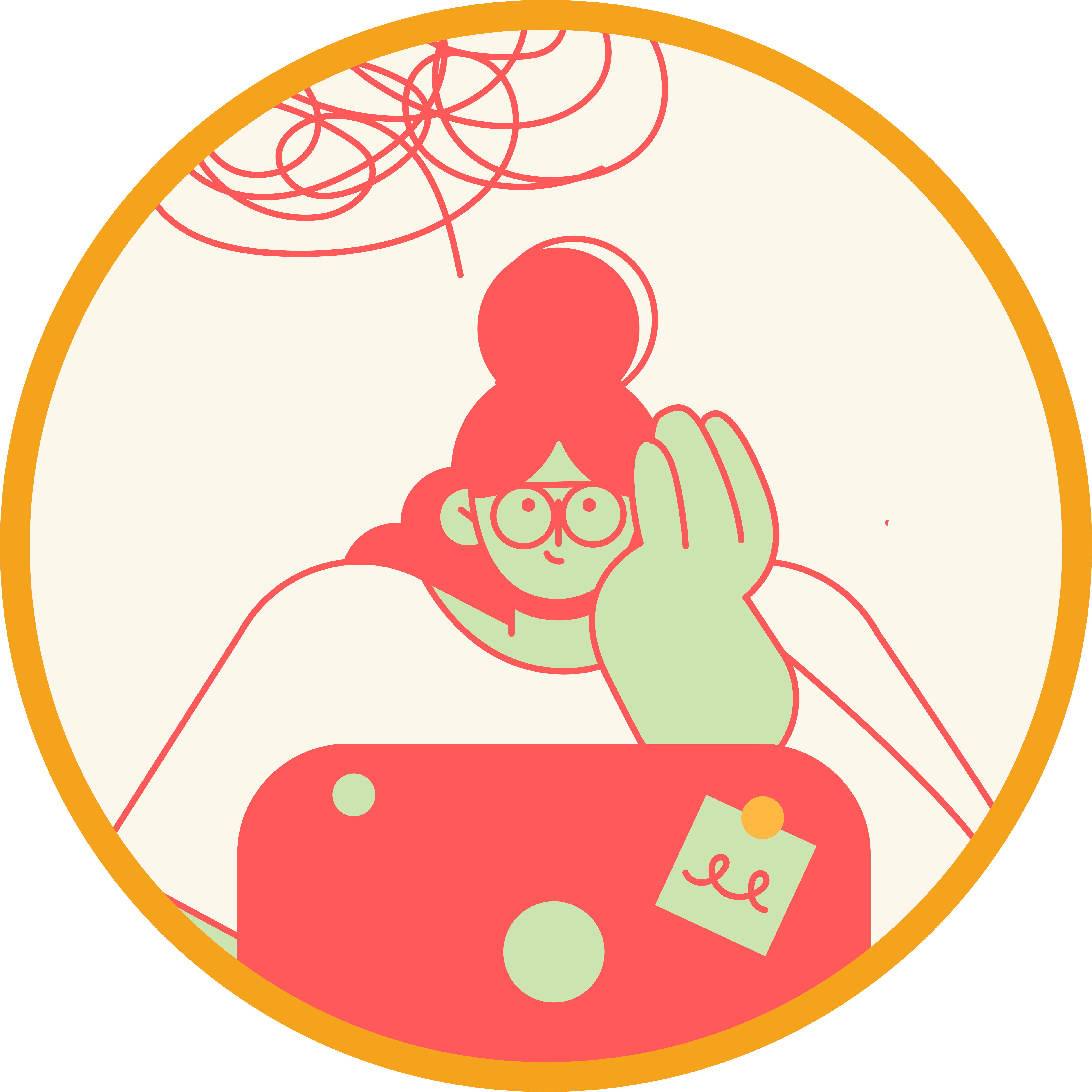
Effective Rigor
Even our youngest students learn core concepts such as variable typing, scope, runtime errors, compilation errors, boolean logic, etc. Young students are given assistance tools to reduce keyboard typing requirements.
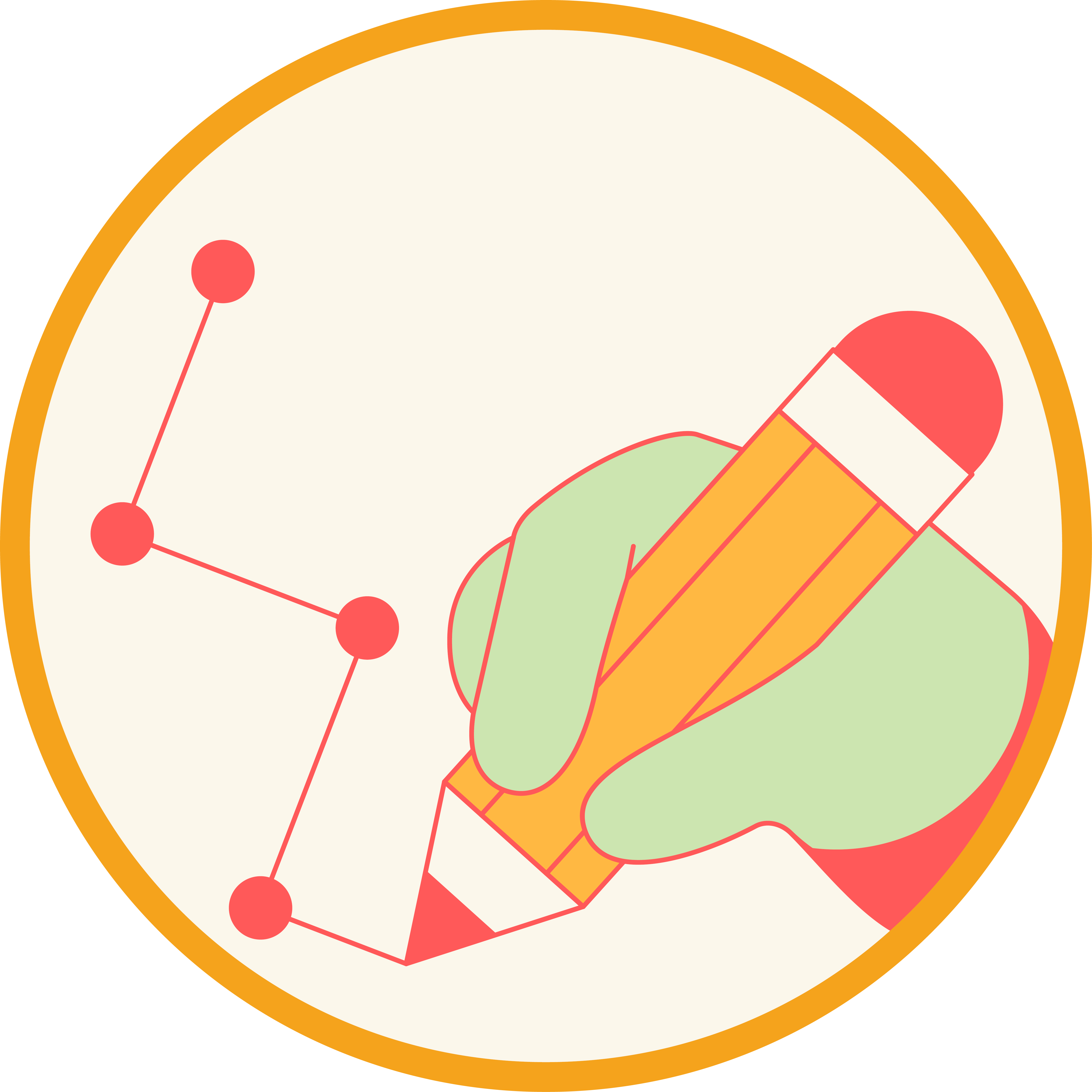
Cohesive Long-Term Plan
Our instructors have spent a decade developing standardized lesson plans that serve students who stay with us for years. This results in a progressive pathway to maintain interest and continuity. Most students' in academic performance far eclipses what is taught in school.
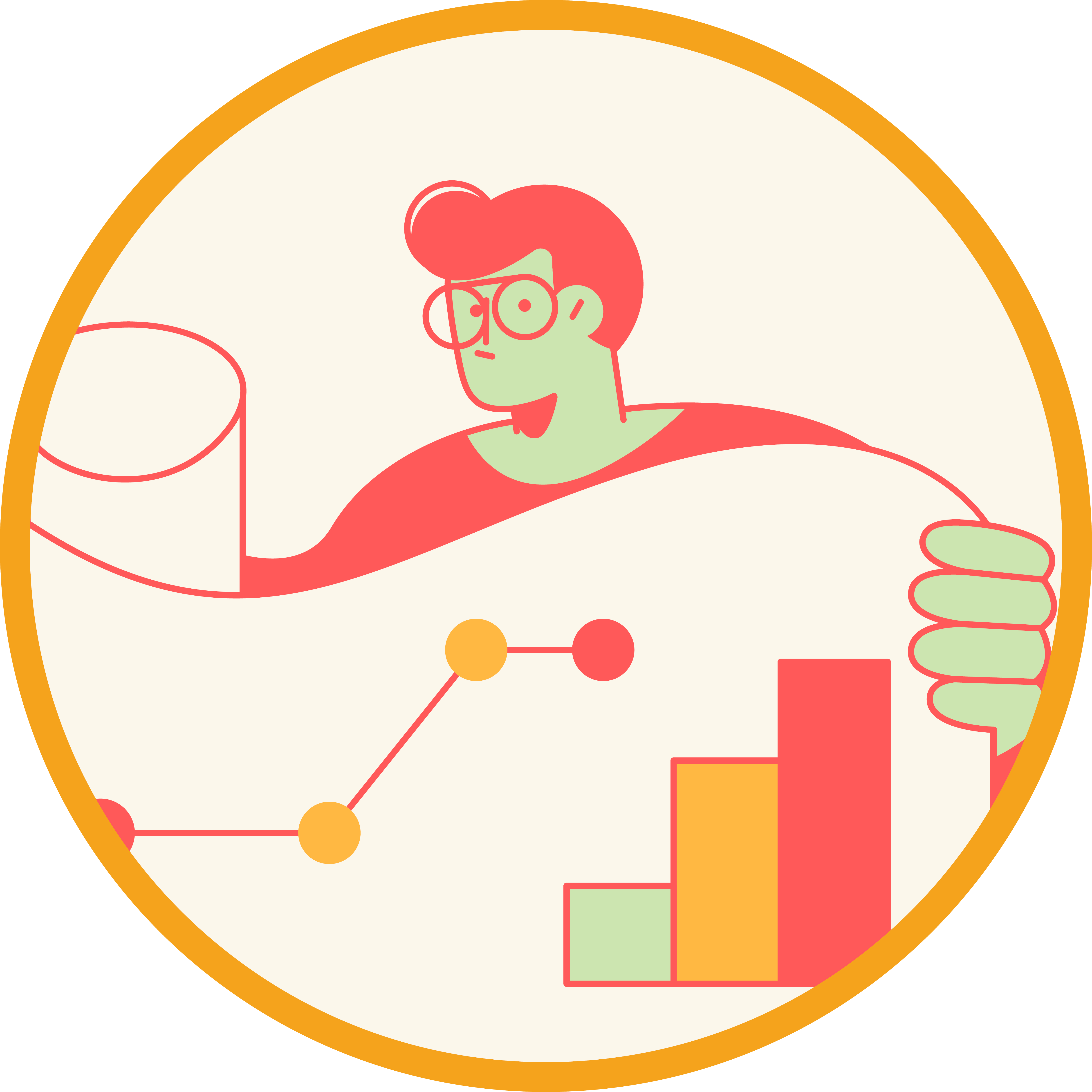
Lasting Knowledge
Students are eased into programming using common professional languages, not proprietary or kid-specific tools. This way students do not need to 'restart' later on when they build bigger projects, participate in competitions, or take standardized tests.
are the basics of coding brought to you at your level of expertise. We offer a variety of classes for all ages and skill levels, from beginner to advanced.